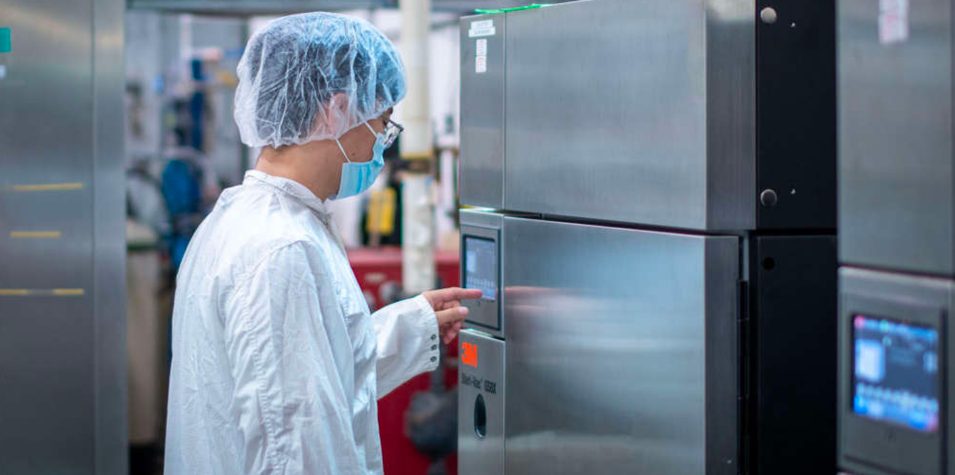Ethylene oxide (EtO) sterilization for gas-compatible medical devices is a much sought-after process for terminal sterilization and sterilization of reusable devices. For some devices, it is the only sterilization method that is effective and will not damage the device. But how is it tested and validated? Biological indicators along with external process challenge devices are a key part of the process.
How EtO testing works with challenge devices
Validating EtO effectiveness to destroy contaminants is a requirement for proper device sterilization testing. It is used for new product packaging as well as routine orders and is performed using biological indicators and external process challenge devices.
A biological indicator is something that will hold or contain a contaminant. One commonly used example is a narrow strip of paper. The paper is spiked with a known level of organism, then inserted into the external process challenge device. Such a challenging device can be something like a syringe, a pouch, or a plastic bag. It needs to be similarly resistant to gas flow as the device itself to achieve a confident result and sterility assurance level.
Once a biological indicator is in a process challenge device, it will be run through one full sterilization cycle and three half-cycles. The biological indicator will then be tested for any viable organisms still present. If there are none, the testing was a success. If some remain and the result is positive, then there may be an issue with the sterilization cycle, leading to an investigation to identify the best path forward. A likely outcome would be to rerun and reprocess after assessment for issues or blockages. The goal is to identify the EtO concentration, temperature, and RH needed to destroy all organisms on the biological indicator.
Challenge devices eliminate wasted product
Any EtO validation needs an external process challenge device to contain the biological indicator. There are options to choose from, although your sterilization partner can recommend the ideal challenge device for your unique device testing needs.
Device manufacturers may wonder why these things are necessary. Can’t a validation be run on the device itself? But there is a benefit to testing with biological indicators and challenge devices for correct conditions to achieve a sterile product. And that is less waste of test product. Validation is not only necessary for new products. It is also necessary as an indicator for routine orders. That could quickly lead to wasted product. Biological indicators and challenge devices can act as a substitute for the device and offer more flexibility for testing while minimizing product use.
Challenge device options
External process challenge devices come in many shapes and materials to accurately mimic the device. There are literally hundreds of options. Your sterilization partner can make recommendations if your device is new and can also help with devices that may benefit from a different type of challenge device.
The ideal challenge device is chosen based on resistance to gas flow and D Value. The higher the D value, the harder it is to sterilize. Ultimately the challenge device must be greater than or equal to the device itself in terms of difficulty to sterilize.
Choosing the right challenge device
Your sterilization partner can help you identify the ideal external process challenge device for your EtO sterilization project. It should be noted in the protocol and be signed off by your organization. Be sure to share any questions or concerns you may have to help them better serve your needs.
Life Science Outsourcing is uniquely positioned to support R&D, a custom product, and lean manufacturing EtO cycles in our two in-house, 3M Steri-Vac™ sterilizers ~8 cubic feet, validated chambers. We also provide in-house BI testing. Contact our team today for information.





